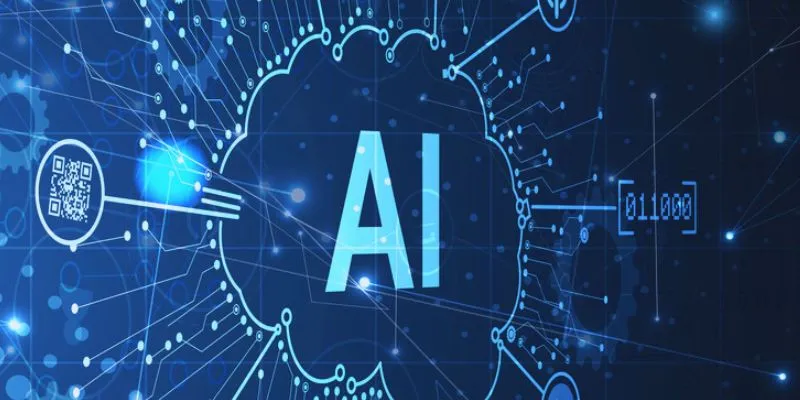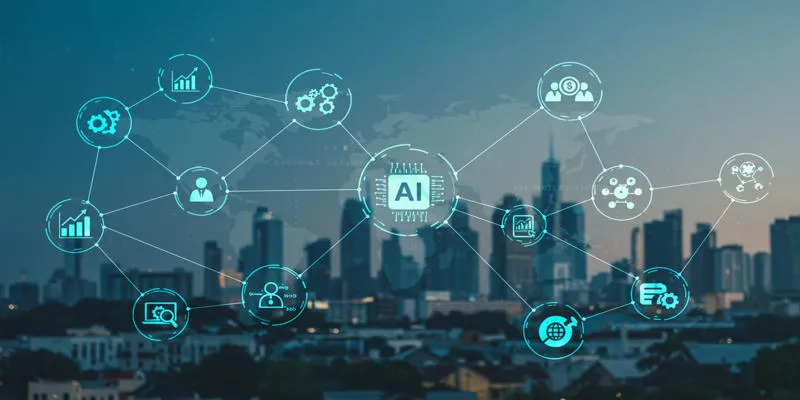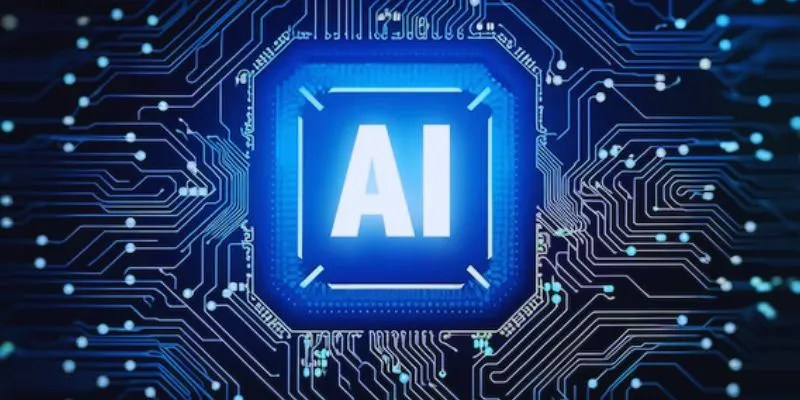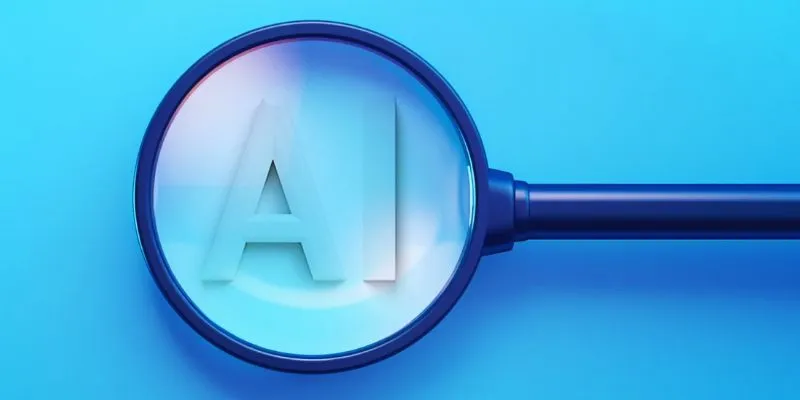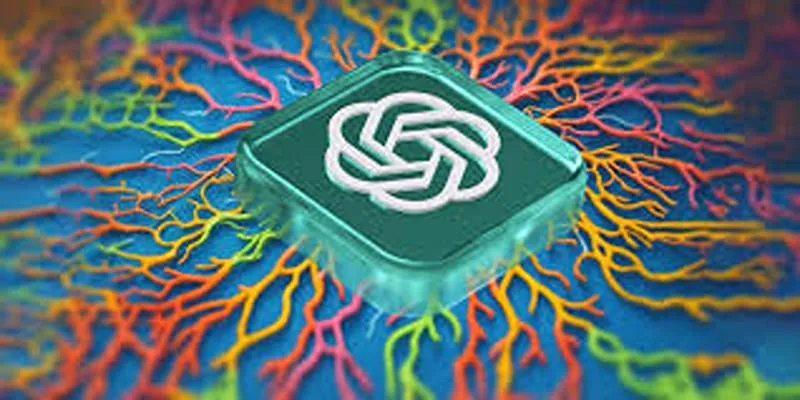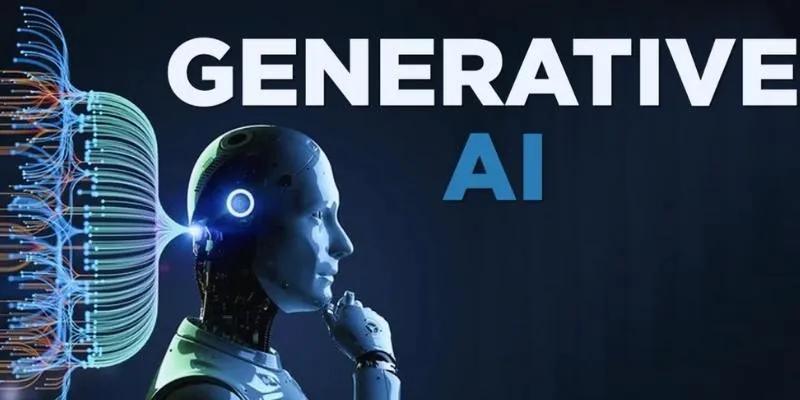Artificial intelligence (AI) has seamlessly integrated into our daily lives, powering virtual assistants, recommendation systems, and numerous other technologies. At the heart of these intelligent systems are AI agents—software entities designed to autonomously perform tasks by observing their environment, making decisions, and taking appropriate actions. What sets AI agents apart is their continuous learning ability, allowing them to efficiently handle both simple and complex tasks.
The rise of AI agents has ushered in a new era of automation, providing real- time, adaptable solutions to dynamic problems. These applications range from instant chat support to self-driving cars navigating heavy traffic, redefining technological capabilities.
Understanding AI Agents: Definition and Functionality
AI agents are entities that perceive their environment through sensors, process the information, and take action to change the environment or achieve predefined goals. These actions are not random but are guided by algorithms designed to evaluate various factors and choose the optimal course of action. For instance, a robotic vacuum cleaner uses sensors to detect obstacles and dirt, processes this information, and then decides its next move.
Unlike conventional programs that require step-by-step instructions, AI agents operate autonomously. Traditional software provides explicit instructions for each task, while AI agents function under unpredictable circumstances and adapt to feedback. Many AI agents are built on machine learning models that enhance performance over time based on accumulated data and experiences.
AI agents can be categorized into two main types: simple and complex. Simple AI agents function based on predefined basic rules within a confined environment. A thermostat, for example, turns a heating or cooling system on or off based on the room’s temperature requirements. Conversely, complex AI agents operate in volatile, unpredictable conditions where frequent changes occur. A self-driving drone exemplifies a complex AI agent, as it must continuously sense its environment, update its flight trajectory, and avoid collisions while completing its missions.
How AI Agents Operate
AI agents function through a continuous loop of three key steps: perception, decision-making, and action. This cycle allows the agent to respond to environmental changes and make informed decisions.
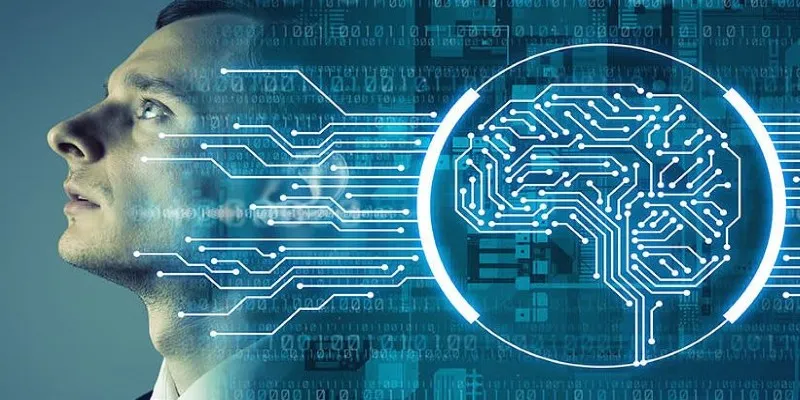
The first step, perception, involves gathering data from the agent’s surroundings through various sources such as cameras, microphones, sensors, or digital data streams. For example, in virtual assistants like Siri, perception occurs when the system captures and interprets a user’s voice command.
The decision-making step involves processing the perceived information to determine the best action. This often requires complex computations based on pre-programmed rules or learned behaviors from machine learning models. Advanced agents may use deep learning algorithms to make nuanced decisions, especially in scenarios with multiple variables.
In the action step, the agent executes its chosen task, which might involve sending commands to hardware components, displaying information, or interacting with other software systems. Importantly, the outcome of the action feeds back into the loop, enabling the agent to learn from results and improve future performance.
The feedback loop differentiates AI agents from traditional automation by allowing them to refine strategies based on outcomes and environmental changes. Unlike static systems with rigid rules, AI agents continuously learn and adapt, enhancing their versatility and effectiveness.
Real-World Applications of AI Agents
The applications of AI agents are vast and expanding rapidly. In healthcare, AI agents assist in diagnosing diseases by analyzing patient data and medical imaging, often achieving remarkable accuracy. They help doctors identify conditions early and recommend treatments based on patterns not easily discernible to humans.

In finance, AI agents automate trading and detect fraudulent activities. High- frequency trading systems rely on agents that analyze market conditions and execute trades in milliseconds. Similarly, banks deploy AI agents to monitor transactions for signs of fraud, flagging unusual activities for further investigation.
AI agents are prominently used in customer service, where chatbots and virtual assistants handle routine inquiries, allowing human agents to focus on more complex issues. These AI-driven systems can answer questions, guide users through troubleshooting processes, and even process transactions.
Self-driving cars are among the most advanced applications of AI agents. These vehicles rely on multiple sensors and AI models to perceive surroundings, make driving decisions, and navigate safely. Their ability to process vast amounts of real-time data and act accordingly exemplifies how AI agents can revolutionize industries.
In agriculture, AI agents monitor crop health, predict weather changes, and optimize irrigation. They enhance farming efficiency, minimize resource wastage, and support sustainable practices, making modern agriculture smarter and more resilient to environmental challenges.
Conclusion
AI agents have become indispensable in modern life, offering intelligent solutions across various sectors, from healthcare and finance to transportation and agriculture. Their ability to perceive, make decisions, and act autonomously enables them to handle complex tasks with minimal human input. As AI technology evolves, these agents will become more sophisticated, driving innovation and improving efficiency in numerous industries. However, their growing role necessitates careful oversight to ensure ethical usage, data privacy, and fairness in decision-making. With responsible development, AI agents hold immense potential to enhance our lives and shape a smarter, more connected future.
 zfn9
zfn9

